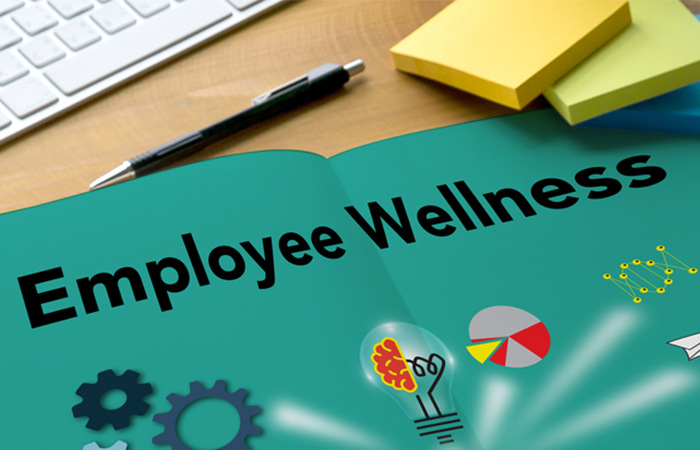
The importance of employee wellbeing is a hot topic among HR teams across the nation. Yet, despite all the discussion, 64% of employers have no health and wellbeing strategy. But that’s all set to change as, by 2020, 76% of employers plan to introduce health and wellbeing plans to differentiate themselves from other organisations.
In our first article in this two-part series, we examined the need for an employee wellbeing strategy. Now we’re moving on to explore how you can make the business case for improving the health of your staff all backed up with a range of employee wellbeing statistics.
Making the case for employee wellbeing
With financial uncertainty subjecting additional spending to added scrutiny, HR leaders need to find ways to gain sign off for long-term wellbeing spend. Which means building an effective business case that clarifies the difference good employee health can make to your organisation.
HR has long focussed on the importance of reducing sickness absence to improve productivity. But wellbeing strategies cast the net wider by focussing on proactively supporting employee health. That’s because research has drawn attention to the link between unhealthy lifestyles and time off work due to poor health.
According to a range of employee wellbeing statistics published in Personnel Today, studies have found:
- employees who smoke are twice as likely to take time off work
- workers who are obese take an average of three sick days more each year than those of healthy weight and employees who are severely obese take six days more
Figures like this highlight the importance of employee wellbeing for organisational productivity and cost control. And other employee wellbeing statistics show that in some instances employees are absent for lengthy periods of time. And it’s not just due to poor physical health.
15.4 million working days were lost to work-related stress, depression or anxiety in 2017/18 with an average of 25.8 days lost per case. In total, 57% of all working days lost to ill health were due to stress and anxiety.
Both short and long-term absences reduce productivity and also ramps up the pressure on other employees who are called on to pick up the slack. Which could mean they’re more likely to go off sick too. And the alternative, to hire in temporary staff, is an added cost most businesses could do without.
HR leaders are using data like this to highlight the importance of employee wellbeing strategies and to influence executives to loosen organisational purse strings.